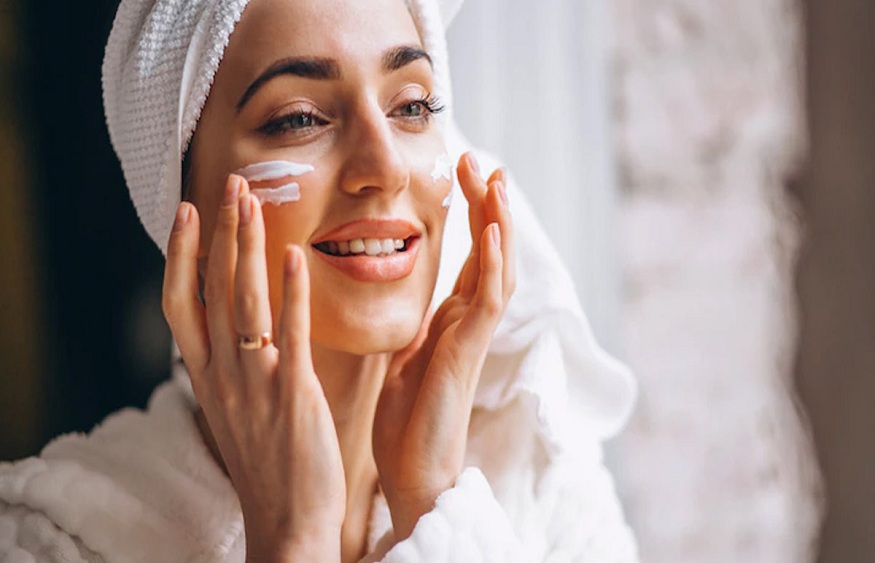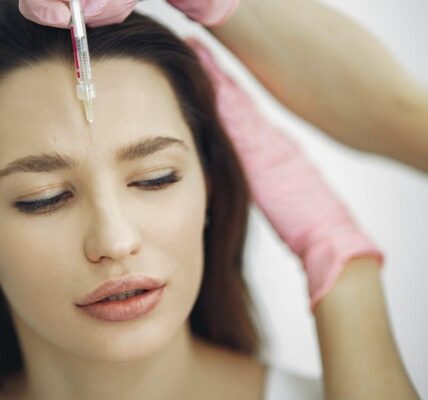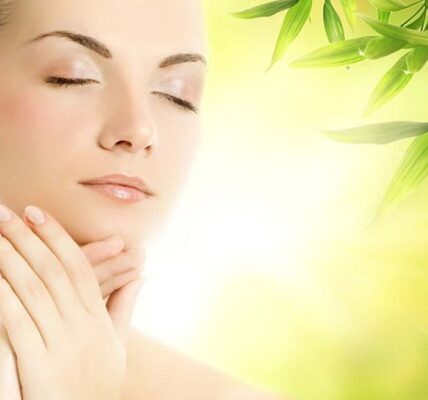From shrinking pores to DIY skincare – we’re sure you already know plenty of stories that seemed like they might work to treat a specific skin problem. It may be tempting to try that “quick fix” someone told you about, or that homemade recipe you found online.
How do I know if it’s safe? We’re going to bust some common skincare myths so you don’t waste your time and effort on things that are ineffective, or worse, downright harmful.
1- Pores can “open” and “shrink”
Sound familiar? The point, of course, is to allow the steam from the hot water to “open up” your pores, making them easier to clean. After cleansing, you splash your face with cold water to “close” the pores, shrinking them and making them less visible.
Many things expand and contract when the temperature changes. Unfortunately, pores do not! They are not muscles and they cannot change size in the face of heat or cold. Pores are channels that house hair follicles and sebaceous glands (which produce sebum). They allow sebum to rise to the surface and thus lubricate the skin. Whether they are “big” or “small” depends mainly on genetics.
If there are times when your pores seem more visible, they may be enlarged because they are clogged with dead skin and excess oil. The good news is that they tend to return to their normal size once that buildup is gone. They also tend to appear larger with age as the skin loses its firmness.
2 – Nose patches and peel-off masks remove blackheads
It’s certainly satisfying to pull off a nose patch and see all the impurities pouring out of your pores. However, you are wrong if you think what you are removing are just blackheads…
What nasal strips and other sticky treatments actually remove are mostly hair, skin cells, and “sebaceous filaments,” or sebum normally found in pores. The problem is that blackheads tend to lodge deeper under the skin, and nose strips are only superficially effective. So while they may temporarily remove dirt or dead skin, they don’t have a lasting impact and don’t address the root cause of blackheads. What’s worse is that the soft feeling you get after using a patch could be due to the mask’s glue which will also have stripped away healthy skin cells, leaving it raw and unprotected from outside damage. … Ouch!
3 – A higher SPF sunscreen protects better
This myth is more misleading than completely false. A higher SPF provides more protection, but only to very small degrees. Scientists agree that an SPF 50 will filter out most UVB rays and protect your skin adequately. Anything over 50 gives only a tiny bit more protection. For example, SPF 50 will block 98% of UVB rays, while SPF 100 will block 99%.
4 – Some “natural” oils and products offer sun protection
The idea is that you can follow a “recipe” and make your own chemical-free sunscreen. Many of these recipes even claim to provide an SPF rating. The most commonly used ingredients are coconut oil, lavender and raspberry essential oils, shea butter and zinc.
It’s definitely a beauty myth that needs to be debunked. Research indicates that while some of these provide very little protection, nothing you mix at home will come close to the protection offered by commercial sunscreen. In fact, it’s unlikely to come close to the minimum SPF 30 recommended by most dermatologists. When tested in a science lab, most of these DIY sunscreens achieved a very low SPF rating, despite what they claimed.
The biggest problem is that these formulas are not scientifically verified or tested. Along with ingredients that protect against UV rays, sunscreens also contain ingredients that prevent the product from breaking down and help it coat the skin properly and evenly. With a homemade recipe, there is no way to measure the effectiveness of the treatment, the non-harmfulness, or to measure its lifespan. Unless you have a science lab and the know-how to test your sunscreen recipe, stick to products offered by specialty stores. Your risk of using an untested formula (irreversible skin damage, skin cancer) is much higher than that of your commercial sunscreen!
5 – Oily skin does not need to be hydrated
If you have oily or acne-prone skin, you might not need to add a moisturizer to your beauty routine. Yes, excess oil can be the result of dehydrated skin and avoiding moisturizers can make your skin even oilier! Drying out your skin tends to lead to an overproduction of sebum and therefore oil.
The type of moisturizer you should use, however, will depend on your skin type. If your skin is oily, look for a lightweight moisturizer that contains humectants like glycerin and hyaluronic acid. They bind to water to increase the water content of your skin and are often very light in texture. Avoid richer creams containing ingredients like butters and oils. Gels, lotions and fluid formulas absorb quickly and don’t leave a greasy film, so they’re perfect for oily skin.
6 – Acne is the result of a bad diet
Some believe that acne is the result of a poor diet, or due to eating too much “junk”, such as chocolate or fried foods. We now know that this is often not the case, and that there are many other factors involved, such as genetics and hormonal cycles.
7 – Your skin gets used to the products, making them ineffective
You may develop a tolerance to certain ingredients, such as glycolic acid or retinol. By starting with a very low concentration,





